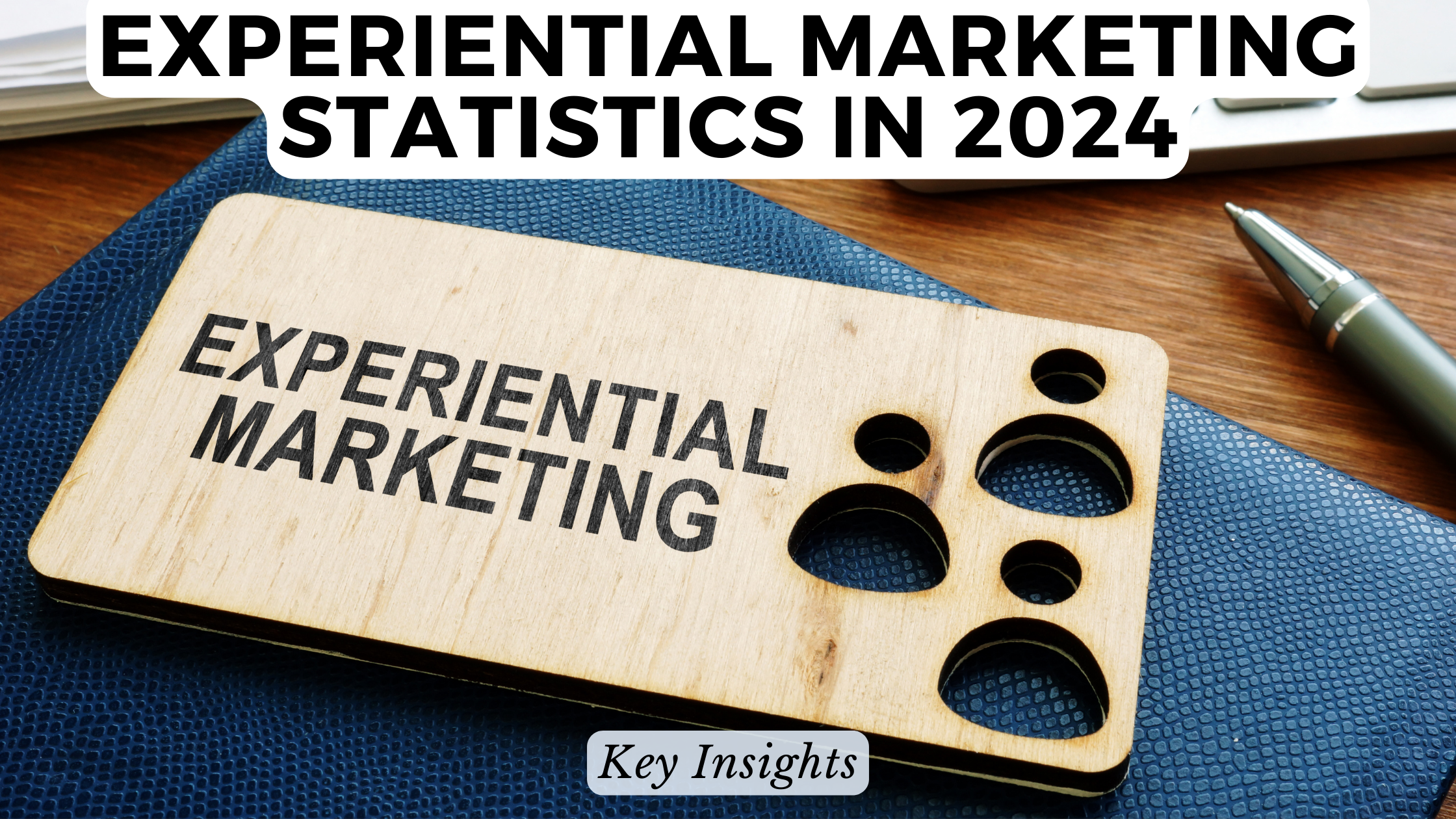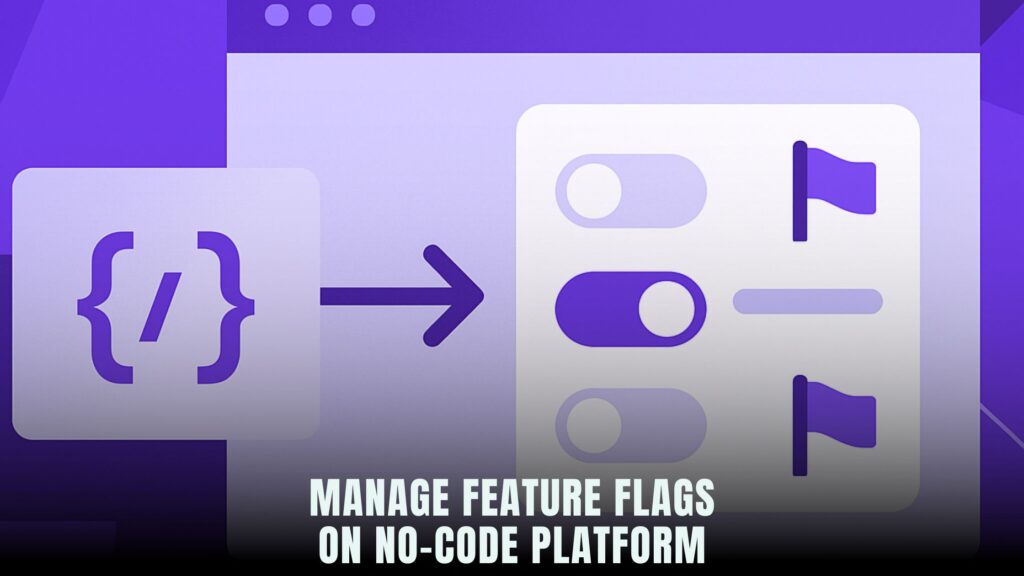Experiential Marketing Statistics in 2024: Key Insights
- Conversational Marketing Software SEO Software Affiliate Marketing Software Marketing Tools


Experiential Marketing Statistics in 2024: Key Insights
As businesses embrace innovative strategies to engage their audience, experiential marketing has emerged as a powerful tool in the marketer’s arsenal. In this article, we delve into key experiential marketing statistics in 2024, providing insights and solutions that cater to the needs of marketers aiming to create memorable brand experiences.
The Rise of Experiential Marketing
Understanding the Landscape
Experiential marketing, often referred to as engagement marketing, involves creating immersive and memorable experiences to connect with the target audience. Let’s explore the key statistics shaping the experiential marketing landscape in 2024.
Experiential Marketing Statistics in 2024
1. Increased Brand Recall
According to recent studies, 73% of consumers are more likely to remember a brand after experiencing a live event or immersive brand activation. This emphasizes the importance of creating impactful experiences for lasting brand recall.
2. Growing Popularity of Virtual Experiences
With the rise of virtual events, 62% of marketers are incorporating augmented reality (AR) and virtual reality (VR) elements into their experiential marketing campaigns. This shift signifies the evolving nature of experiential marketing in the digital age.
3. Measuring ROI Effectively
79% of marketers consider measuring return on investment (ROI) as a significant challenge in experiential marketing. To address this, businesses are exploring SaaS solutions that offer comprehensive analytics to track and measure the success of their campaigns.
4. Integration of Social Media
Social media plays a pivotal role in amplifying experiential marketing efforts. In 2024, 85% of brands are incorporating social media sharing components into their experiential campaigns, turning attendees into brand advocates.
5. Personalization is Key
Personalized experiences resonate with consumers. 68% of marketers are focusing on creating personalized experiential marketing campaigns tailored to individual preferences and demographics.
CAD Software Pricing Guide for 2022 – Top Picks
1. AutoCAD
AutoCAD, a leading CAD software, offers a range of pricing plans suitable for professionals and businesses. Its features include 2D and 3D drafting, collaboration tools, and cloud storage integration.
2. SketchUp
SketchUp provides an intuitive platform for 3D modeling. With flexible pricing, it caters to various user needs. The software is widely used in architecture, interior design, and engineering.
3. SolidWorks
SolidWorks is renowned for its 3D CAD design capabilities. The pricing is tailored for individual users, making it accessible for freelancers and small businesses.
4. Fusion 360
Fusion 360 by Autodesk combines CAD, CAM, and CAE tools in a cloud-based platform. The pricing model is subscription-based, offering flexibility for users with diverse project requirements.
5. Onshape
Onshape is a cloud-native CAD solution with a modern approach to product design. Its pricing is structured to accommodate various team sizes and project complexities.
Conclusion
As experiential marketing continues to evolve, staying informed about the latest statistics and trends is crucial for marketers. By leveraging the right CAD software and SaaS tools, businesses can not only design captivating experiences but also measure their impact effectively. Subscribed.FYI serves as a valuable resource, empowering marketers to navigate the SaaS landscape and make informed decisions for successful experiential campaigns.
Subscribed.FYI plays a vital role in the experiential marketing landscape by providing insights into SaaS tools that enhance campaign effectiveness. Marketers can use Subscribed.FYI to explore solutions that streamline event planning, analytics, and social media integration, contributing to the success of experiential marketing initiatives.
Relevant Links:











